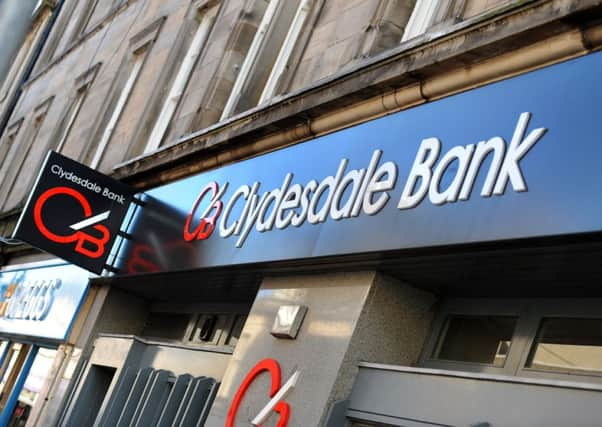Summing up: High price to pay for loyalty to banks


The report, from Temenos, was just the latest to warn of an imminent change in high street banking as consumers take control and new entrants shake up the market.
But the big names on the UK high street clearly haven’t read the memo. Loyalty only works one way, as far as they’re concerned.
Advertisement
Hide AdAdvertisement
Hide AdSome £160 billion of money languishing in easy access accounts earns no more than the 0.5 per cent base rate, according to the Financial Conduct Authority’s latest cash savings market study.
Yet only one in five easy access accounts has been switched in the past three years, it revealed.
The usual excuse is that it’s not worth switching. Yet that £160bn could generate savers an extra £1.4bn a year in interest if it were transferred to the top easy access rate of 1.4 per cent, noted Anna Bowes, of the Savings Champion website.
The average easy access account paid 1.07 per cent in July 2012, according to Moneyfacts. That average is now just 0.68 per cent. The average cash Isa rate has gone the same way, falling from 2.56 per cent to a meagre 1.45 per cent over the same period.
The big lenders can’t be blamed for cutting their rates. Most savers stay with them anyway, while those that do shop around can be lured into the more attractive savings deals that come with current accounts.
The worst culprit in the cash Isa market, paying just 0.1 per cent, is Santander. It’s no accident that Santander is concentrating its efforts on its 123 current account, which pays up to 3 per cent on in-credit balances.
Unfortunately for savers, the City watchdog’s findings are far more eye-catching than the measures set out for tackling them.
The most positive is that banks and building societies must clearly display the lowest rate of interest any of their customers receives and provide more information about switching accounts.
Advertisement
Hide AdAdvertisement
Hide AdIt still doesn’t want to ban teaser rates, however. These are the bonuses used to lure people into cash accounts and which typically disappear after a year to leave the rate at just 0.5 per cent or so.
That there’s so much money still languishing in rubbish savings accounts also reflects the chronic lack of trust in the wider financial services industry.
Even after six years of rock-bottom savings rates, there remains a reluctance to invest in stock market-based funds that can provide a higher regular income while generating long-term growth. It’s not for everyone, of course, given the step up the risk scale that equity investment entails, but the inflation risk in cash savings is not insignificant either.
Some of the slack has been picked up by peer-to-peer lenders. Savers using these sites (such as RateSetter and Zopa) get savings returns at least three times higher than those from traditional cash products, but for many risk-averse savers they remain too much of a step into the unknown.
Most will instead remain loyal to their bank and pay a high price for doing so. So while the regulator’s latest intervention is welcome, it’s not enough; because the market simply isn’t working – at least, not for long-suffering savers.